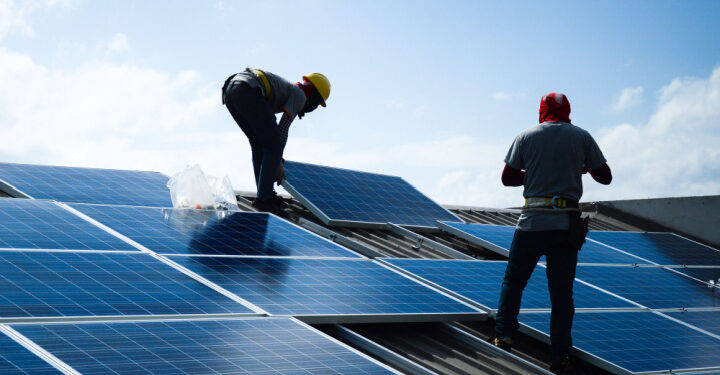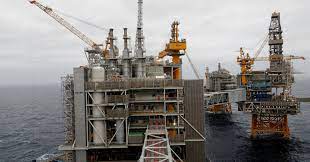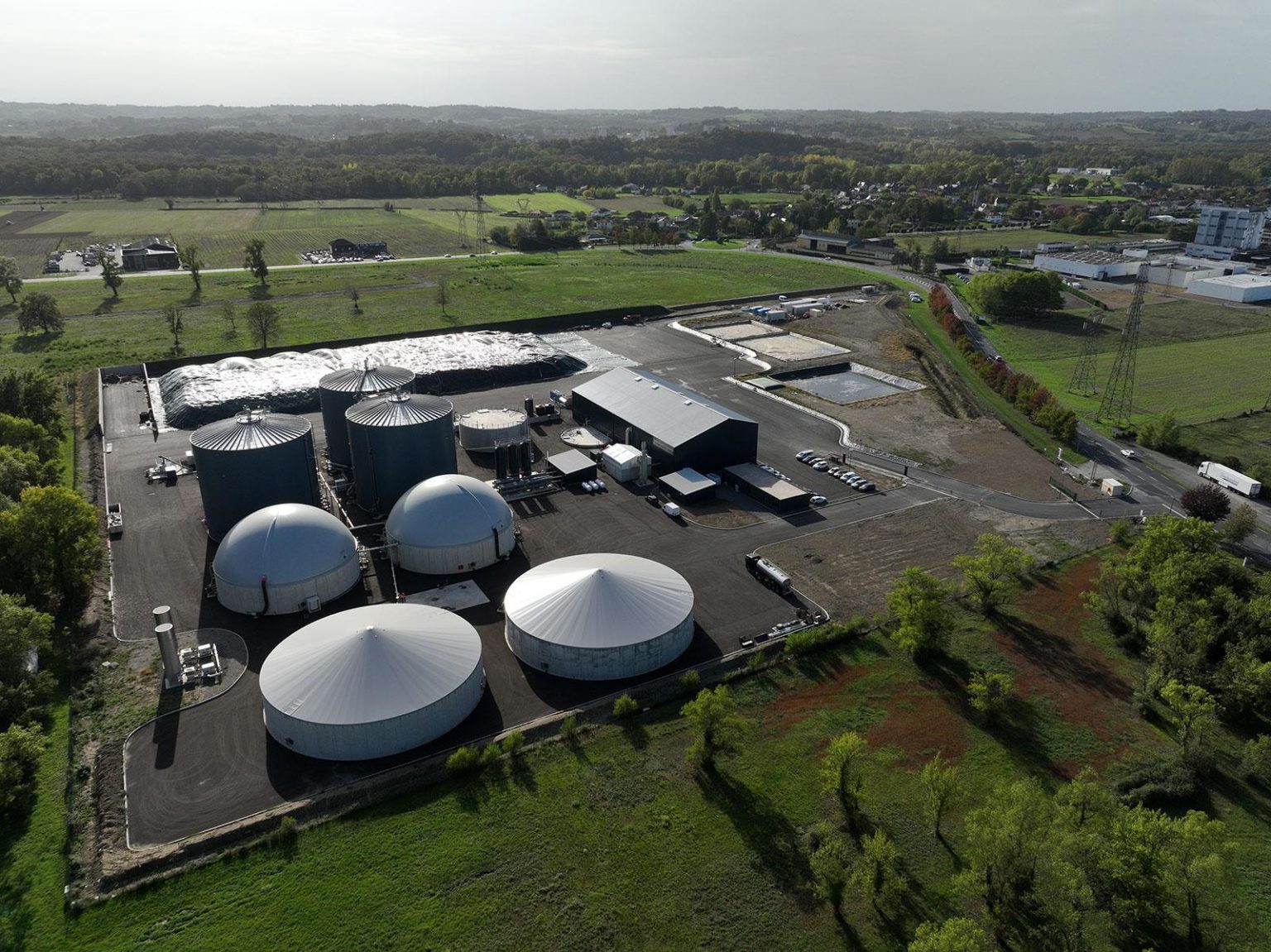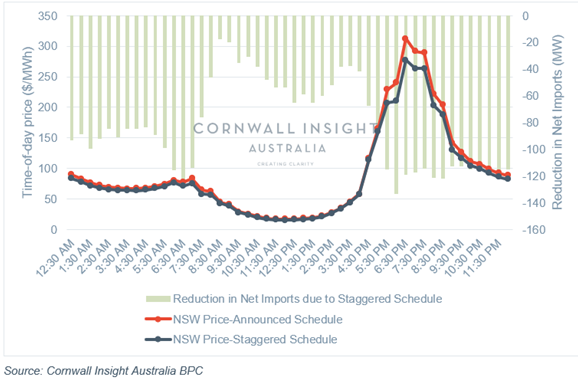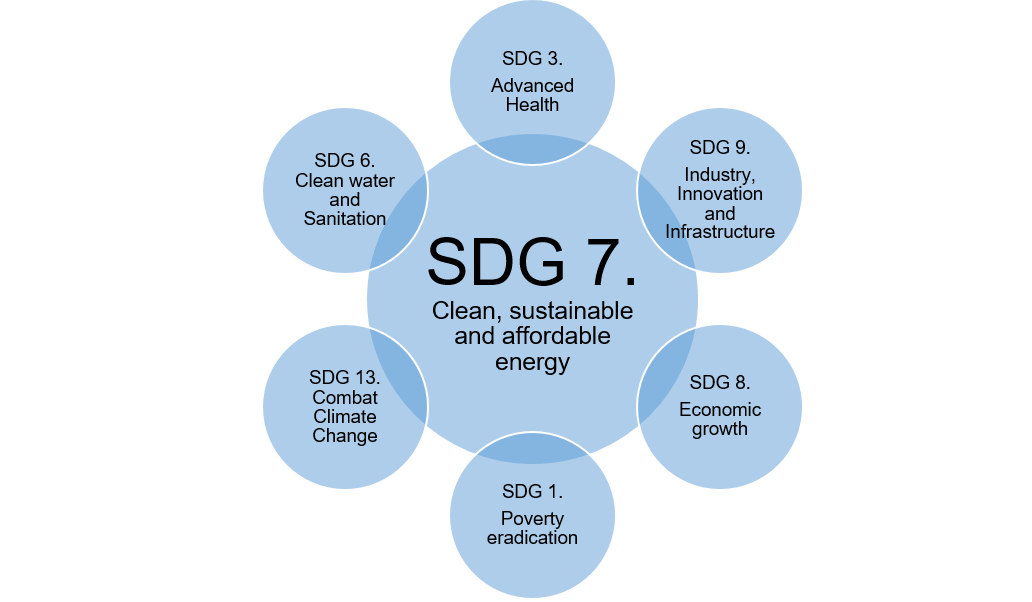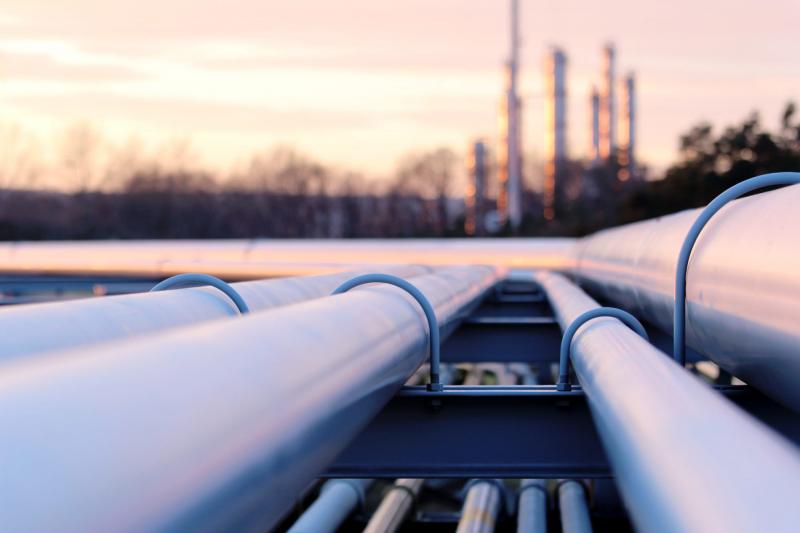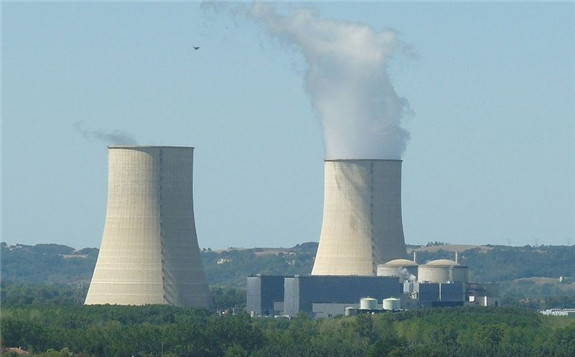 Golfech nuclear power plant in Southern France. Credit: Jack-ma.
Golfech nuclear power plant in Southern France. Credit: Jack-ma.
French energy group EDF Energy has announced that it will continue the outages at its Golfech nuclear power plant in Southern France due to the heatwave that has hit Europe this week.
The company stated that it would cease production on the 1.3GW Golfech 2 reactor from 23 July to 29 July, whilst Golfech 1 would be closed from Wednesday 24 July until 29 July. EDF is closing the plant due to high temperatures of over 40oC degrees centigrade in France. These temperatures have affected EDF’s use of water from the Garonne River to cool Golftech’s reactors. As part of French regulation to protect rivers EDF has to reduce its use when water temperatures rise.
Nuclear Power in a Heatwave
Despite EDF closing nuclear plants in France due to higher river temperatures, it has been argued that nuclear power is needed more during heatwaves.
As Michael Shellenberger wrote in Forbes Magazine, even anti-nuclear governments have turned to nuclear power during periods of extreme heat. South Korea has increased its operational nuclear reactors from 14 to 19 to meet demand. Meanwhile, Germany, which is decommissioning its nuclear fleet, has had to rely on nuclear and coal power due to the lack of wind. Taiwan and the state of California have also turned to nuclear to plug gaps in energy supply.
So why is Golfech plant closing down during a heatwave? A Nuclear Industry Association (NIA) spokesperson explained: “It’s dependant on how the plants are cooled. With the French fleet, the reason for the cut in output is not because of a technical problem, but an environmental one regarding heating up the river water beyond what is safe for marine life.”
World Nuclear Association senior communication manager Dr Jonathan Cobb added: “With record-breaking temperatures, a small number of existing reactors, such as Golfech, have been affected. However, this need not be a showstopper for nuclear generation in general. There are alternatives to the once-through cooling, cooling towers can be added, and there are some plants that are air-cooled.
“Other plants with land available may use cooling ponds or channels, where the warmer water from the outflow is first allowed to cool before being returned to the original water source. For new build plants, the expected impacts of climate change can be accounted for in the design.”
